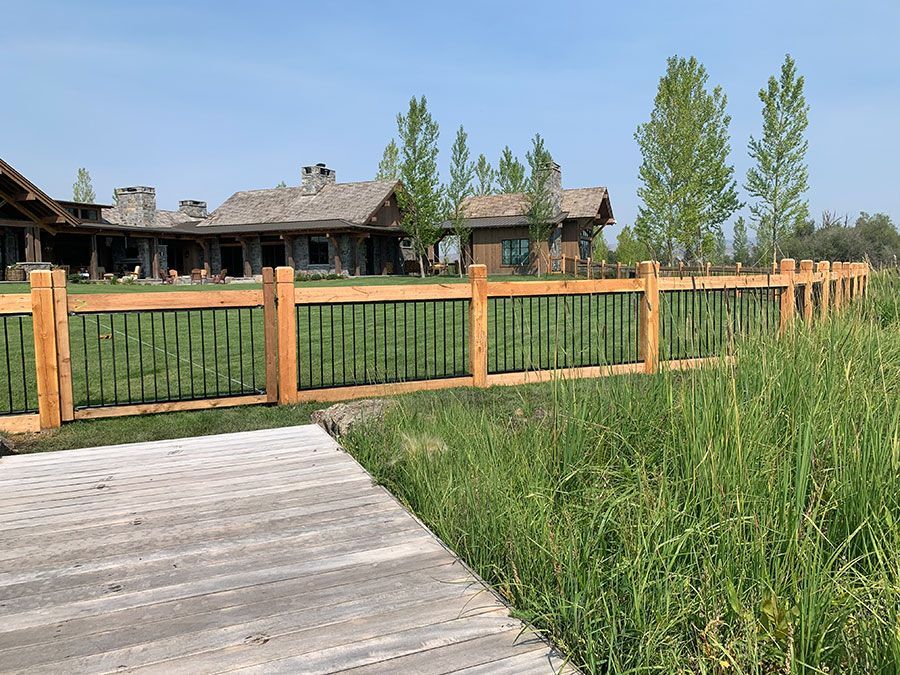Choosing the right fencing for your property can be challenging. Let’s break down the differences between continuous panel fencing and traditional options to help you decide.
Cost and Material Breakdown
The materials you choose for your fence significantly affect its price and performance:
- Continuous Panel Fencing: Made with durable welded steel, continuous panel fencing offers excellent longevity. The initial price might be higher, but the minimal maintenance costs make it a wise long-term investment.
- Traditional Fencing: Traditional options such as wood, vinyl, or barbed wire tend to be less expensive initially, but ongoing maintenance can make them pricier in the long run.
Durability and Care: A Key Comparison
Considering long-term durability and maintenance, here's how the two types of fencing measure up:
- Continuous Panel Fencing: Built for strength, these panels resist damage from livestock and harsh weather conditions. Maintenance is minimal, usually limited to occasional cleaning or rust prevention.
- Traditional Fencing: Traditional fences, particularly wooden ones, can deteriorate from weather exposure. Barbed wire and vinyl options are also vulnerable to wear. Ongoing maintenance is often needed.

Appearance Comparison
The appearance of your fence plays a role in your property's overall appeal:
- Continuous Panel Fencing: With its clean and modern appearance, continuous panel fencing is suitable for both residential and farm settings, and can be tailored with different finishes and accessories.
- Traditional Fencing: Wood and vinyl fences evoke a traditional, rustic style, while barbed wire is more utilitarian in appearance.
Which Fencing is Best for Your Needs?
Different fencing types serve different purposes:
- Continuous Panel Fencing: Ideal for livestock containment, property boundaries, and high-traffic areas where durability is critical.
- Traditional Fencing: A good choice for smaller spaces, decorative uses, or situations where cost is a concern.
Conclusion: Making an Informed Decision
To make an informed choice between continuous panel and traditional fencing, evaluate your priorities carefully:
- For long-term durability and low maintenance, continuous panel fencing stands out as the best option for durability and minimal upkeep.
- For a more budget-friendly or decorative option, traditional fencing might be the better choice.
Consider your budget, property needs, and aesthetic preferences to choose the ideal fencing option.